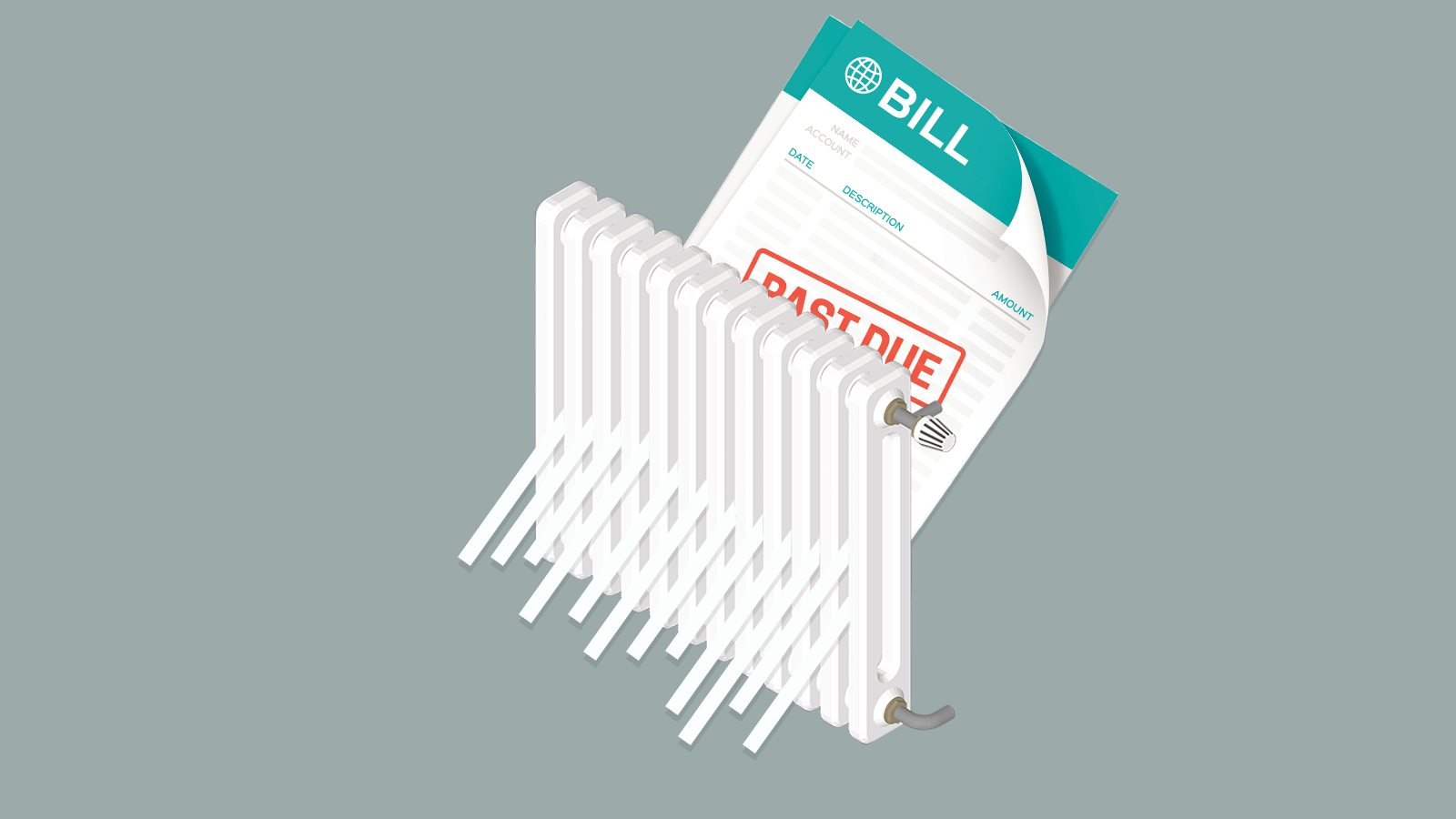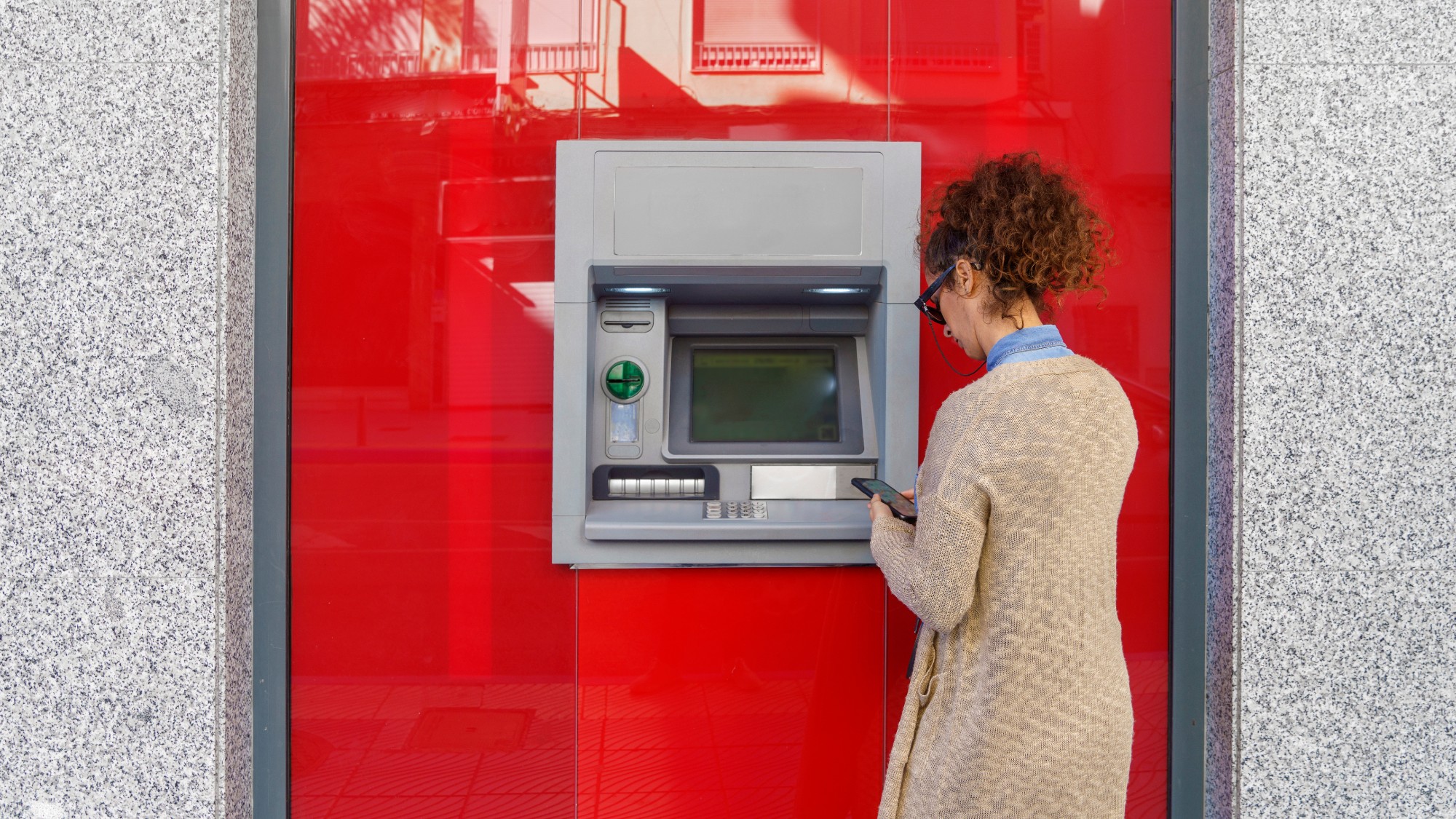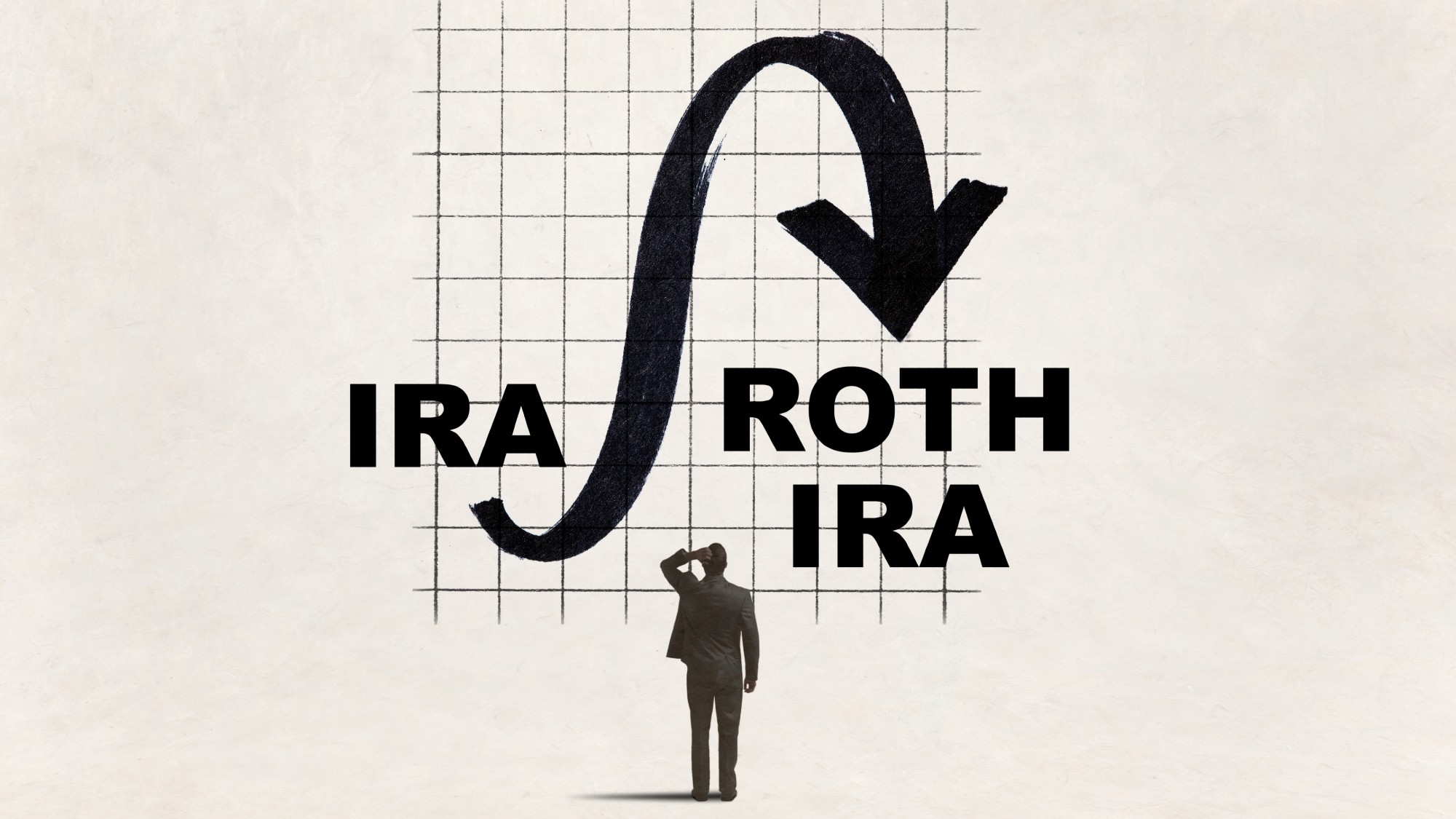5 tips to save on heating bills
Follow these expert recommendations for a cozy and cheap winter


Even if you're looking forward to the changing of the seasons, the thought of firing up your furnace might send a shiver down your spine, simply because of how hefty utility bills in the colder months can be. The good news is that there are some steps you can take to help counteract high heating costs.
1. Get a heating system tune-up
As The Washington Post pointed out, "heating your home is typically going to be your largest energy expense, which also means it’s where you can save the most." That's why it's worth the time and effort to schedule a routine checkup before the temperatures turn truly chilly.
Per Consumer Reports, getting your heating system professionally serviced generally runs anywhere from $150 to $500 and "will include everything from replacing dirty filters to checking for safety issues like potential carbon monoxide leaks." Even if that amount sounds like a lot to shell out in the moment, the savings you might gain over the long term can pay off. “A well-maintained heat pump can use up to 25% less fuel than a neglected one," per Consumer Reports, which cited the Department of Energy.
The Week
Escape your echo chamber. Get the facts behind the news, plus analysis from multiple perspectives.

Sign up for The Week's Free Newsletters
From our morning news briefing to a weekly Good News Newsletter, get the best of The Week delivered directly to your inbox.
From our morning news briefing to a weekly Good News Newsletter, get the best of The Week delivered directly to your inbox.
2. Improve your attic's insulation
If you have an attic, then insulation is "a vital step in defense against heat loss," according to Kiplinger. Though you might pay a hefty amount for this upfront, it will save you "save hundreds of dollars on your heating bill each year.” Further sweetening the deal is the fact that you can cover 30% of the cost of the insulation with the Energy Efficient Home Improvement Tax Credit.
"[I]f the insulation looks uneven (perhaps it’s heaped up in the middle of the floor but thin along the eaves) or it’s below or just at the level of the floor joists," that might be a sign that it needs a bit of TLC, per Consumer Reports.
3. Seal up any spots where cold air is leaking in
You wouldn't leave a window wide open during the dead of winter — and per the Post, "all the tiny cracks and gaps in a typical home can cause the same loss of energy and comfort as leaving a window open year-round." As such, it's worth the time and effort to go around your home identifying any gaps around doors or window frames, or where pipes enter the home. These can be cheap, DIY fixes, as you'll just need caulk for your windows, weather strips for any doors, and expanding foam insulation to place around pipes leading into your home.
4. Open (and close) the curtains
The sun is a great and often overlooked source of heat in the colder months. If you usually leave your curtains or blinds where they are each day, "get into the habit of opening window treatments in the morning (especially where you receive direct sunlight) to let as much sun into your house as possible," advised The New York Times. Then, "when late afternoon rolls around, close curtains and shades to keep the heat in," the Times suggested.
A free daily email with the biggest news stories of the day – and the best features from TheWeek.com
You might also consider keeping windows clear by pruning away any trees or shrubs blocking sunlight from entering your home, per The Spruce. Make sure to keep your windows clean and take out the screens each winter.
5. Keep filters, vents and grates clean and clear
To maximize the efficiency of your heating system, it's important to keep things clean. Believe it or not, by simply keeping your air filter clean, "you can lower your energy bills by 5% or more," Kiplinger reported, citing Atmos Energy.
Similarly, it's important to keep grates and air vents clear of any dirt or debris, as well as larger blockages like furniture. As The Spruce noted, "couches or other furniture blocking heating vents makes the furnace work harder to deliver warm air, increasing the running time and energy cost."
Becca Stanek has worked as an editor and writer in the personal finance space since 2017. She previously served as a deputy editor and later a managing editor overseeing investing and savings content at LendingTree and as an editor at the financial startup SmartAsset, where she focused on retirement- and financial-adviser-related content. Before that, Becca was a staff writer at The Week, primarily contributing to Speed Reads.
-
 Trump’s poll collapse: can he stop the slide?
Trump’s poll collapse: can he stop the slide?Talking Point President who promised to ease cost-of-living has found that US economic woes can’t be solved ‘via executive fiat’
-
 Sudoku hard: December 7, 2025
Sudoku hard: December 7, 2025The daily hard sudoku puzzle from The Week
-
 Codeword: December 7, 2025
Codeword: December 7, 2025The daily codeword puzzle from The Week
-
 How your household budget could look in 2026
How your household budget could look in 2026The Explainer The government is trying to balance the nation’s books but energy bills and the cost of food could impact your finances
-
 4 easy tips to avoid bank fees
4 easy tips to avoid bank feesThe Explainer A few dollars here and there might seem insignificant, but it all adds up
-
 What are the pros and cons of a Roth conversion for retirement?
What are the pros and cons of a Roth conversion for retirement?Pros and Cons By converting a traditional IRA to a Roth IRA, retirees can skip paying taxes on their withdrawals
-
 4 often overlooked home maintenance tasks that could cost you later
4 often overlooked home maintenance tasks that could cost you laterThe Explainer A little upkeep now can save you money down the road
-
 What are portable mortgages and how do they work?
What are portable mortgages and how do they work?the explainer Homeowners can transfer their old rates to a new property in the UK and Canada. The Trump administration is considering making it possible in the US.
-
 What’s the best way to use your year-end bonus?
What’s the best way to use your year-end bonus?the explainer Pay down debt, add it to an emergency fund or put it toward retirement
-
 How can you tell if you are ready to retire?
How can you tell if you are ready to retire?the explainer All the preparation you need to sail off into your golden years
-
 Can medical debt hurt your credit?
Can medical debt hurt your credit?The explainer The short answer is yes, though it depends on the credit scoring mode
